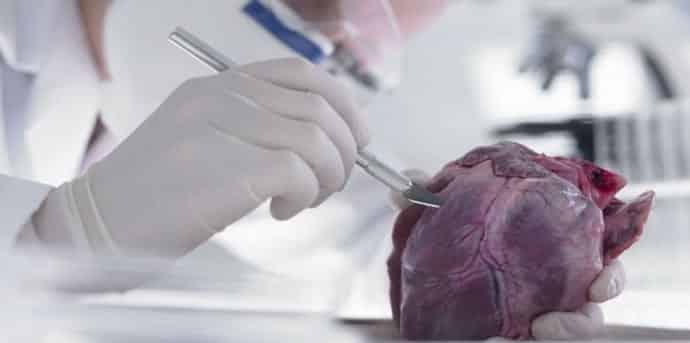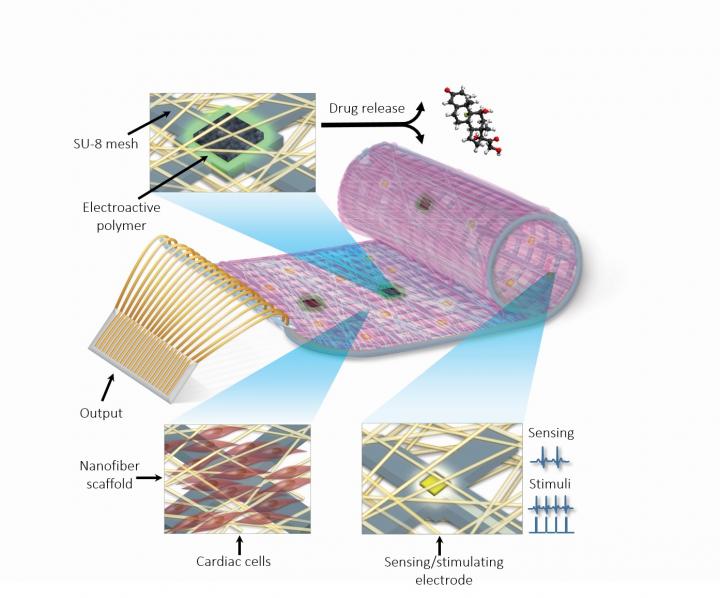In fact, its capabilities exceed those of human tissue alone.
The patch contracts and expands like human heart tissue but regulates itself like a machine.
However, now there is acting like an alternative.

Their study has just been published in the prestigious journalNature Materials.
With this heart patch, we have integrated electronics and living tissue, said Dr. Dvir.
Until now, we could engineer organic cardiac tissue with only mixed results.

Now we have produced viable bionic tissue that ensures that heart tissue will function properly.
The new cyborg cardiac patch not only replaces organic tissue but also guarantees its sound functioning through remote monitoring.
The team has engineered thick bionic tissue suitable for transplantation for the new bionic patch.

The engineered tissue features electronics that sense tissue function and as a result provide electrical stimulation.
In addition, electro-active polymers are integrated with the electronics.
These polymers are able to discharge medication, such as small molecules or growth factors on demand upon activation.
Imagine that a patient is just sitting at home, not feeling well, Dr. Dvir said.
His physician will be able to log onto his computer and this patients file in real time.
He can intervene to properly pace the heart and activate drugs to regenerate tissue from afar.
The longer-term goal is for the cardiac patch to be able to regulate its own welfare.
In other words, if it senses inflammation, it will release an anti-inflammatory drug.
If it senses a lack of oxygen, it will release molecules that recruit blood-vessel-forming cells to the heart.
This is a breakthrough, to be sure, Dr. Dvir said.
But I would not suggest binging on cheeseburgers or quitting sports just yet.
The practical realization of the technology may take some time.
Meanwhile, a healthy lifestyle is still the best way to keep your heart healthy.
source: www.techworm.net